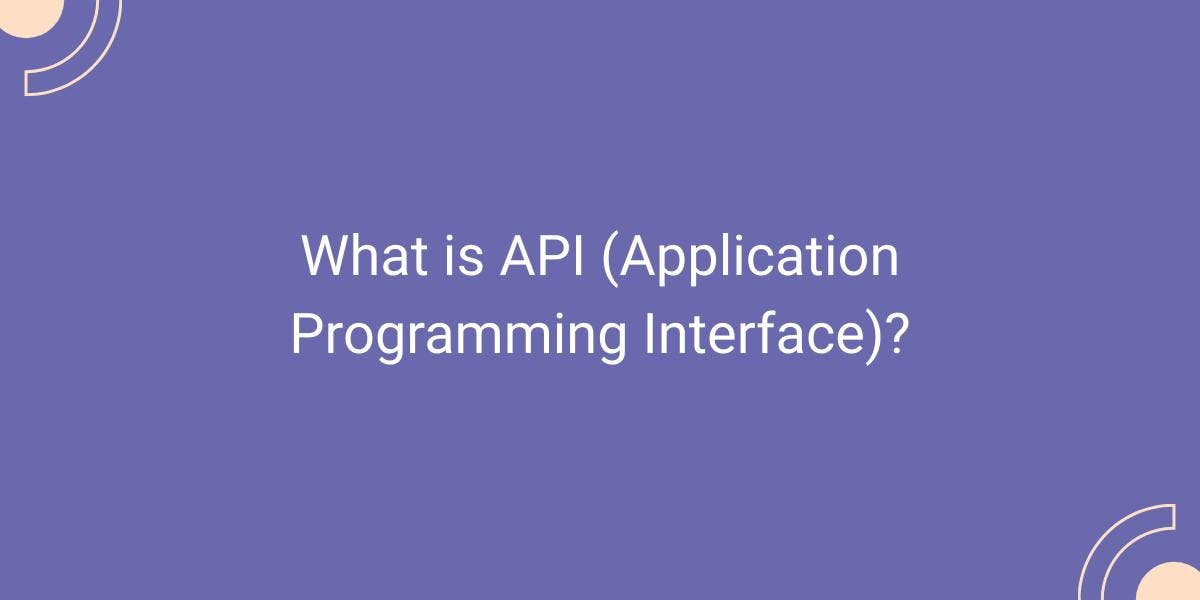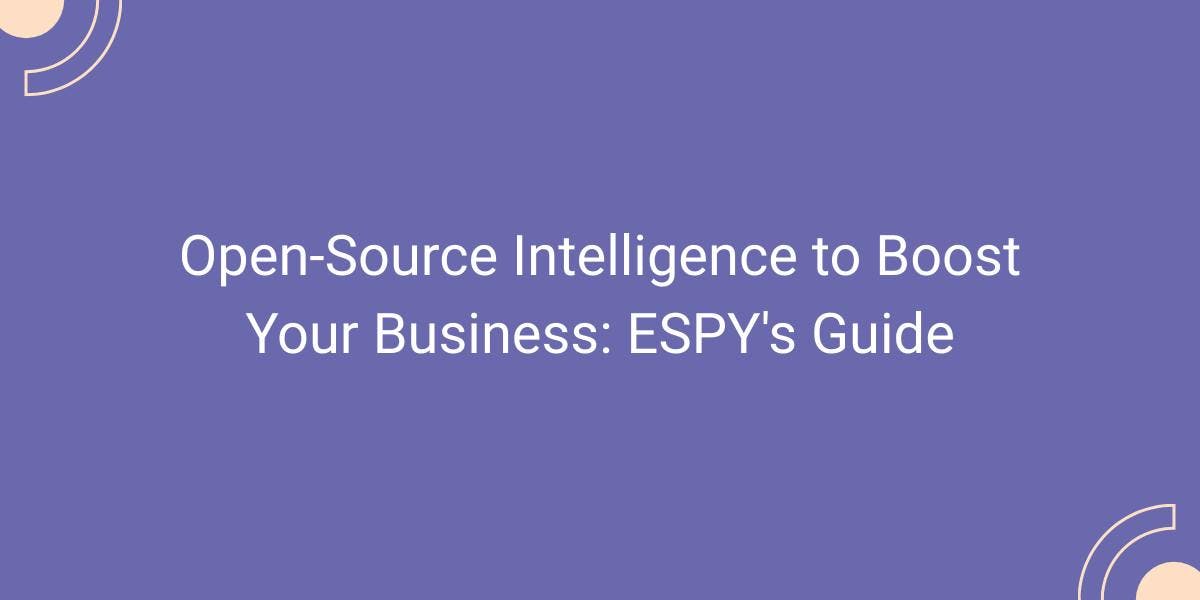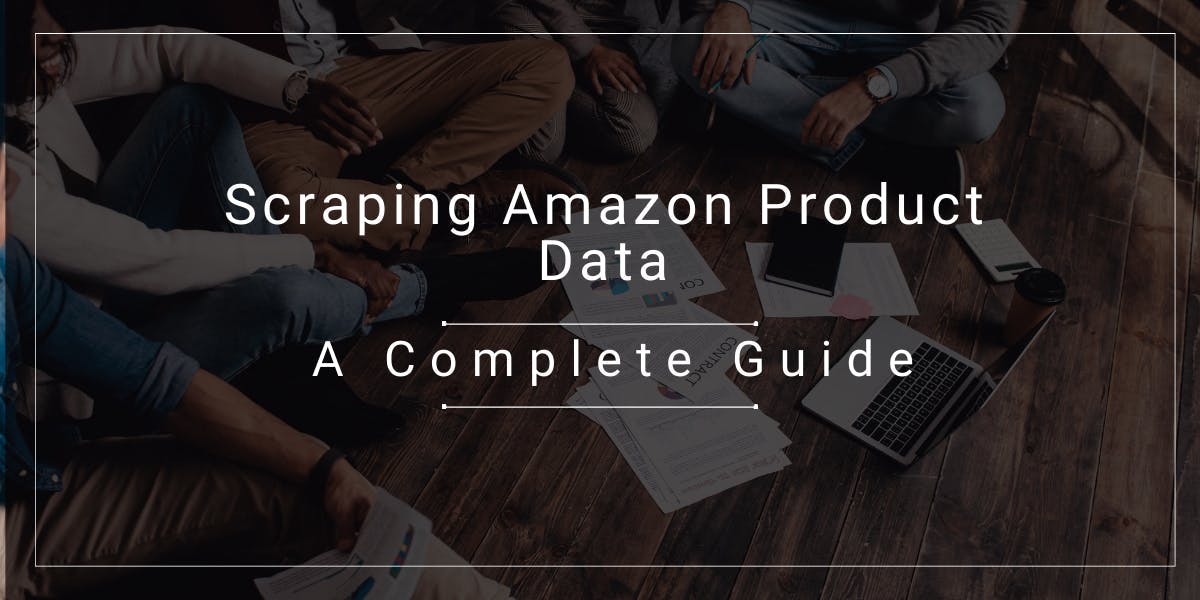What is API (Application Programming Interface)?
Flipnode on Apr 19 2023

An API, or Application Programming Interface, serves as a bridge between different software applications by facilitating communication between them. It receives requests from the user, passes them on to the provider, and then returns the corresponding response.
Web APIs are crucial in the digital realm as they help developers save a significant amount of time by acting as an intermediary between software applications. This article provides an overview of what APIs are and how they function.
What exactly is an API?
An API serves as a means for software components to exchange data and manages access points to the server. Typically, users are unaware of these exchanges when using a website or app.
To better illustrate what an API is, imagine you have a training app and want to incorporate a feature allowing users to listen to music while exercising. To expedite the process, you can use a web API to connect your server to a music streaming app's server. By requesting the integration of a playlist, your app can provide users with all the necessary music without your developers having to collect a massive playlist themselves.
Incorporating existing third-party APIs is a common practice for most websites and applications today, as it is often easier than developing new features from scratch, which can be time-consuming and demanding.
How do APIs work?
To put it simply, when software needs to access data or a specific service from another system, it sends a request. This request can only access the other system's API layer, also known as an endpoint. Usually, when making a query, an API key must be provided as a requirement.
What is an API key?
An API key, also known as an Application Programming Interface key, serves as a distinctive marker that verifies the authenticity of API requests. Typically, API keys consist of a combination of alphanumeric characters that distinguish the source of the request, be it a website or an application.
What is API architecture?
API architecture involves defining the methodology and creating a software interface that offers backend data and necessary functionalities for use in new applications. Such an architecture enables the development of reusable and modular application ecosystems, which is particularly useful for microservices. Therefore, having the appropriate API architecture is crucial for leveraging the full potential of web APIs to benefit your business.
What are the different types of API architectures and protocols?
There are multiple types of API architectures available, including REST, SOAP, RPS, and GraphQL, which are currently the most popular ones. Let's delve into each of these in more detail.
REST
REST, which stands for Representational State Transfer, is a modern web API software architectural style that provides scalable, easy-to-use, and lightweight web APIs that can transfer data from a web server to the client. REST architecture is highly flexible, making it suitable for a variety of use cases, such as web use, cloud applications, and cloud services.
SOAP
SOAP, or Simple Object Access Protocol, is the most widely used architecture for web services. The SOAP protocol specifies how messages should be sent and what they must contain, making SOAP APIs more secure than REST APIs but more challenging to implement due to their code-heavy nature. SOAP APIs are typically used for company internal use cases or specific services requested by trusted partners.
RPS
Unlike REST and SOAP, which only handle the transfer of data structures, RPS (Remote Procedure Call) allows for the execution of processes on a web server. These processes can be run not only on a local machine but also through remote networks. RPS architecture has limited capabilities, which is why it is not as commonly used as SOAP or REST protocols. However, it can be used successfully for internal systems to perform basic requests, especially multiple ones simultaneously.
GraphQL
GraphQL was initially created by Facebook in 2012 and has become a popular philosophy for web API design among tech companies. This architecture allows users to describe their data requirements using a JSON-like format. By having control over the data that needs to be gathered, web API customers get the data they require quickly, resulting in an optimized experience. GraphQL is used by teams of various sizes in different environments to power their APIs, websites, and mobile apps.
Types of APIs
Different types of APIs, or Application Programming Interfaces, exist to fulfill various requirements. The essential API types are discussed below:
- Public APIs: These web APIs are accessible to all developers seeking data or third-party software. In most cases, registration or an API key may be required. The primary objective of these APIs is to make data or services available to any developer.
- Partner APIs: Suppose you need services from other companies, such as a playlist for a training app. In that case, you generally establish a partnership with them by offering additional traffic to their website or application. In exchange, they provide you with partner APIs that you can integrate into your app. These APIs are usually not available to other developers, and a specific validation process is required to access them.
- Private APIs: These APIs are not accessible to external users as they are used in companies' internal systems. The primary purpose of private APIs is to enhance and streamline internal development teams' work.
- Composite APIs: These APIs combine multiple API requests and transmit them to the server in a single API call, resulting in receiving one response. Using this type of API is an excellent way to save on data usage while minimizing the number of API requests and improving application efficiency.
Can API act as a layer of security?
Let's start with an example before we explain how an API can enhance security. Suppose you own a music streaming app and partner with a popular fitness app that wants to access your services. By providing an API, you enable communication between your servers and the fitness app, allowing only the necessary data to be shared. You remain in control of the data you deliver.
When you provide your web API to other apps or websites, you can control the accessible data. This is why some people consider an API as a layer of security, but this is not entirely accurate.
The primary purpose of a web API is to grant other developers access to your data. Therefore, implementing an API does not reduce your exposure; it actually increases it. To illustrate this, consider your server as a house. If you want to show your neighbors some of your home decors, you can install a window. However, a window is not an additional security measure that prevents break-ins.
Public APIs and API integration
API integration has become an essential part of modern software development. It allows developers to interact with various software components and systems, exchange data, and enhance the functionality of their applications. Thanks to the proliferation of public APIs, integrating different software components has become easier and more efficient.
With ubiquitous networking and wireless technologies, developers can access public APIs from anywhere in the world, making it easier to incorporate third-party software into their applications. This means that developers can leverage the functionality of multiple systems and applications without having to build everything from scratch. This not only saves time and resources but also enables developers to create more advanced and sophisticated applications.
However, it's important to note that public APIs are not necessarily free of charge. While some public APIs may be available for free, others may require payment or may have usage limits. Therefore, it's essential to carefully review the terms of use for each API before integrating it into your application.
API integration can take many different forms, depending on the specific requirements of the application. For example, developers may need to integrate APIs for payment processing, social media, messaging, location tracking, or data storage. The key is to identify the right APIs that meet the application's needs and provide the necessary functionality.
Furthermore, API integration is not a one-time process. As applications evolve and new features are added, developers may need to add new APIs or modify existing ones to keep up with changing requirements. Therefore, it's essential to have a well-defined strategy for managing API integration and ensure that the APIs are well-documented and easy to use.
In summary, API integration is a critical aspect of modern software development, enabling developers to leverage the functionality of various software components and systems. The proliferation of public APIs has made integration easier and more efficient, but it's essential to carefully review the terms of use for each API and have a well-defined strategy for managing API integration.
Wrapping it up
APIs, or Application Programming Interfaces, are a crucial component of the ever-evolving tech industry. They offer a range of benefits that streamline the development process for software engineers and other tech professionals. By providing pre-built code that can be easily integrated into their applications, APIs can help developers save valuable time and resources that would otherwise be spent on writing redundant code from scratch.
Furthermore, by using web APIs, developers can shift their focus from the mundane and repetitive tasks of coding to more critical tasks like innovation, creativity, and building new technologies. This can lead to increased productivity, faster time-to-market, and higher-quality products.
In essence, APIs serve as a catalyst for the growth and progress of the tech industry. They enable developers to build new products and services faster, more efficiently, and with greater ease than ever before. The benefits of APIs are not limited to developers, however, as end-users also benefit from the seamless integration of various software applications made possible by APIs.



